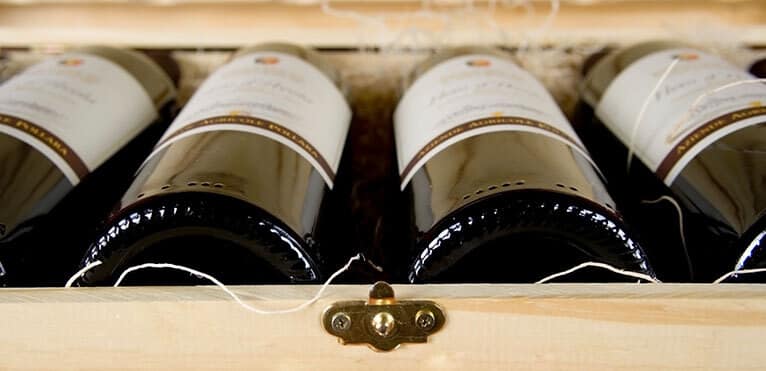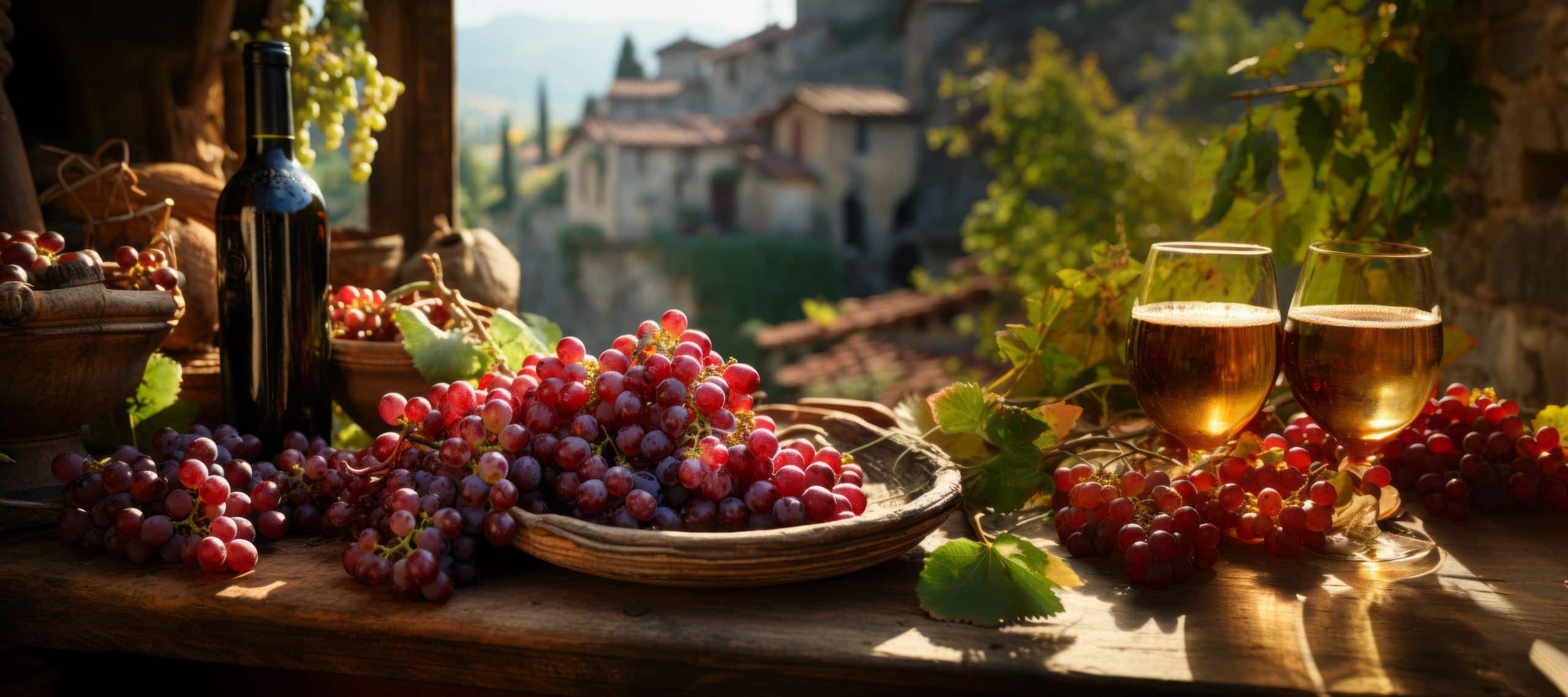
Contents
The question every wine professional dreads! Why are some wines frightfully expensive, while others, which are very good, are quite affordable? Is an expensive wine always a sign of quality? Does paying 200€ for a bottle make me a sucker? To answer all these questions, we need to look at the factors that affect the price of one wine over another! We therefore omit here all price components that change little or not at all from one wine to another, such as packaging, distribution and sales costs.
Production costs
Like everything else, wine production involves production costs, linked to viticulture and vinification.
First of all, the most important factor affecting the price of a wine is the cost of land on which to plant vines. The more favourable the conditions for wine production, the more expensive the land: for example, in Burgundy, the parcels (or “climats”) 1er Cru” climats, which are very expensive, are usually located mid-slope, while “Villages” climats, which are more affordable (though still extremely expensive), are located lower down the slope. The1er crus benefit from better exposure to the sun, enabling the vines to produce grapes with better ripening qualities.
Secondly, labor also represents a significant cost for vineyard owners. It is possible to minimize them by using seasonal workers or machines, but this is not always possible! For example, in the Côte Rôtie appellation in the Rhône Valley, the slopes are so steep that it’s impossible to use machinery, thus increasing production costs. Certain appellations or regions, such as Beaujolais, also prohibit mechanical harvesting. Finally, some wines require more specialized and therefore more expensive harvesting labor, as in the Sauternes appellation in the Bordeaux region: selecting botrytized grapes directly from the bunch during harvesting requires a certain level of skill!
There are also winemaking costs. Acquiring state-of-the-art machinery and equipment to produce precise wines can be very costly, and therefore increase the price of bottles. It’s also worth remembering that high-quality wines are often stored for several months, or even years, before they are marketed, which also represents a considerable cost! For example, Champagne wines must be aged for a minimum of 15 months before being sold, including 12 months in bottle. Vintage Champagne, made from 100% wines from a single harvest, is aged for a minimum of 3 years, which not only increases the complexity of these wines, but also their price!
Market forces
However, a large part of the final price of a bottle corresponds to the amount that most customers are willing to spend to obtain it. Like all products, wine is subject to the law of supply and demand!
Production costs are, of course, part of the price component of a bottle, explaining, for example, price differences between different ranges from the same producer. But when demand greatly exceeds supply, the selling price is bound to be much further away from these same production costs. Some wines can fetch astronomical sums due to their rarity, and are sometimes the delight of collectors.
Unfortunately, this law of supply and demand can also work against certain producers. In Germany, for example, the steep-sided Moselle vineyards that produce fabulous white wines are gradually being abandoned, as consumers are not prepared to pay the high prices that used to cover the high production costs.
Conclusion
As you can see, the price of a wine is most often explained by its production costs. However, for certain wines with a reputation for being exceptional, the market sets the price. It’s worth remembering, however, that if some bottles have been commanding extraordinary prices for decades, or even centuries, it’s perhaps because what’s inside them is also extraordinary…




